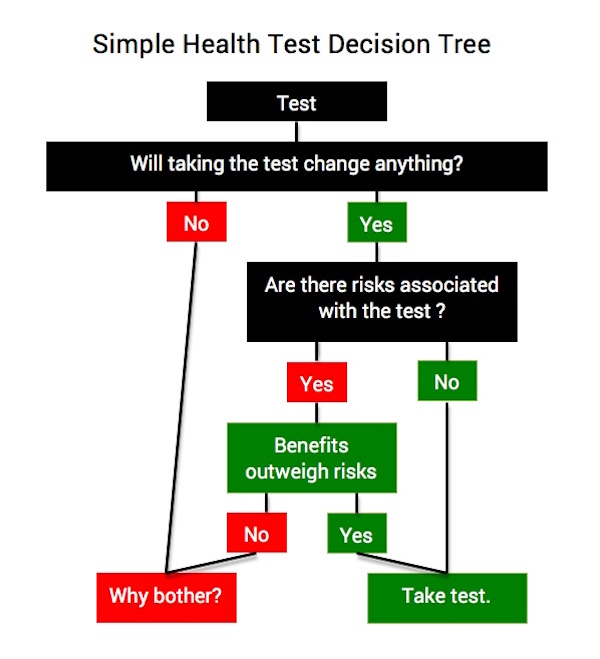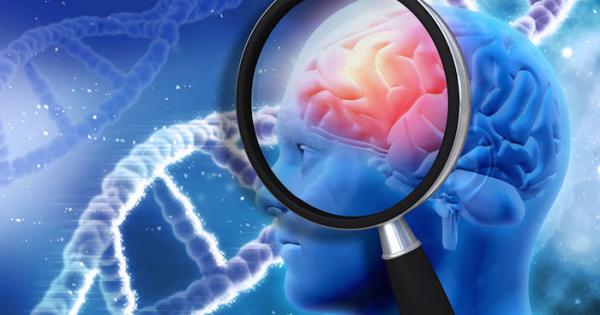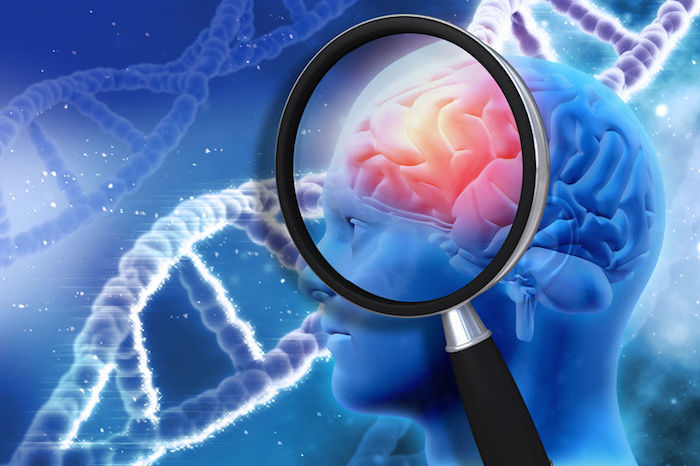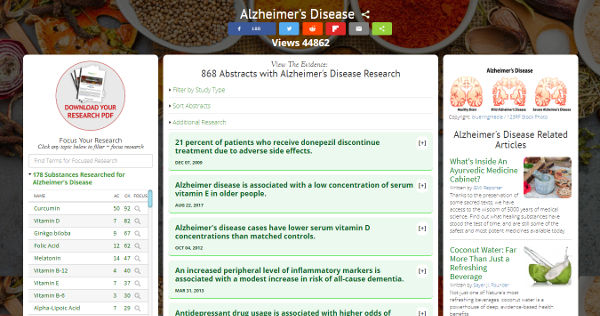Originally published on: April 24th 2017
Anyone with a brain is at risk for Alzheimer’s Disease. The fear of developing Alzheimer’s Disease (AD) is reasonable, given that in recent years its incidence has exploded to epidemic levels. Right now, over 50 million worldwide, including 5+ million in the U.S. are afflicted, and the number is projected to rise to 130+ million in the next thirty years
The disease guarantees a slow-burn destruction of intellect, emotion and self-sufficiency, and no effective treatment exists to slow or stop it. That’s the dismal backdrop on which the FDA recently authorized 23andMe, a Bay Area startup, to market at-home testing for late-onset AD, the most common form of the disorder. It’s simple enough. Order the kit, fill out a detailed questionnaire online, spit in a test-tube, send back the sample and wait 6 – 8 weeks for email notification to login for results, AKA how your fate is sealed. Direct-to-consumer marketing allows 23andMe to eliminate the middleman, typically a doctor or genetic counselor.
You might be tempted to take the test the next time the car keys go missing, especially if AD is in the family. How do you decide whether or not it’s worth it? The “Simple Health Test Decision Tree” offers an easy, logical framework for organizing this difficult choice. Generally speaking, if test results won’t trigger a meaningful response, or if the available response is unacceptably risky, why take it? If testing offers an action with tolerable risk, then testing is the way to go.

Alzheimer’s is a serious worry for me because my mom had it and I’m a lot like her, but when I consider what 23andMe offers, I think taking the test makes no sense. Here is some info to help decide if it’s for you:
What is the home kit actually testing?
23andMe tests for three variants of ApoE, a uniquely human gene which encodes a protein that carries cholesterol and other lipids in the bloodstream. Biologic offspring receive one copy of ApoE from mom and one from dad, a total complement of two for each person. ApoE4, carried by 15% of Caucasians, is the variant linked to late-onset AD. Often called the “Alzheimer gene,” ApoE4 expresses in a dose-related way such that carrying one copy raises the Alzheimer’s risk three fold, while carrying two copies raises it twelve fold. ApoE3, the most commonly carried variant, has no effect on AD, and ApoE2, the rarest, is neuro-protective, actually lowering the risk of dementia in those of European ancestry. A few million years back in evolution, all humans carried two copies of ApoE4; it’s only in the last 300,000 years that E3 and E2 evolved to become the predominant versions.
Will taking the test change anything? No.
- Having the gene does not mean you will get AD: ApoE4 is not a reliable marker for any one individual’s risk of developing of AD. Population studies show the relationship between ApoE4 and AD to be, at best, a loose association. Sub-Saharan Africa has the lowest incidence of AD in the world, yet it is home to populations with some of the highest worldwide rates for carrying ApoE4, as high as 30% in Nigerians and 50% among the Khoi-San. The absence of a gene-disease link applies here even for those carrying two copies of the gene. Populations on other continents, including Asia, Europe and North America show similar findings. It’s also the case that for those who carry the gene but make it past 80 years old without AD, the risk for the disease drops back down to average.
- Not having the gene does not mean you won’t get AD: There is no one gene linked to the development of AD. It’s a complex disorder related to over thirty genetic “loci of interest” currently identified and under study. Not carrying ApoE4 isn’t a guarantee that you don’t carry any of the other AD-associated genes. There are no commercially available tests for non-ApoE4 genes involved in AD.
Carrying the ApoE4 gene is neither necessary, nor sufficient for the development of Alzheimer’s
Are there any risks if I decide to take the test? Yes.
- Willingly say good by to privacy: ApoE is one of a panel of ten genes that 23andMe tests at the impossibly low price of $100. Sequencing DNA on the cheap means the company must have other ways of making money. The 23andMe co-founder and CEO modeled her company after Google, founded by her ex-husband Sergei Brin. Like Google, whose value comes from selling the enormous amount of information it collects, observers believe that the true mission of 23andMe is to amass a vast genetic database, courtesy of trusting customers, that can be sold. Expect advertising blocks on internet pages you visit to be populated by companies offering goods and services tailored to your genomics. Genentech is one of the companies that made a deal worth tens of millions for access to the 23andMe database.
- Unwillingly say goodbye to privacy: Hackers access big data for sale, blackmail, or just the fun of disruption. Researchers and health, life, drug and biotech companies are also interested.
- Testing for things you didn’t agree to: The saliva sample contains all of your DNA, not just the 10 genes found in the test panel. The potential for misuse of the sample is a concern.
- There is no legal obligation, and likely no interest, for the company to protect the genetic information of family members: Blood relatives share many genes in common, making your personal gene pool a back door into the DNA of others in your family. By sharing your genomics, you share information about relatives, without their explicit consent. 23andMe is under no obligation to protect their privacy.
- Consider the effect on your emotions: You can’t un-ring the information bell, so if you are found to carry ApoE4, consider the ongoing stress that can cause, which in and of itself is a risk factor for the development of AD. On the other hand, negative results for the harmful variant might encourage risky behavior that comes from a false sense of security, promoting behaviors that are known to increase risk, including consumption of a high fat, high sugar diet, inactivity, and poor sleep patterns.
PET scanning to measure the accumulation of amyloid plaques (PET-Amyloid scan) or the level of insulin resistance (FDG-PET/CT) in the brain are highly sensitive biomarkers, able to predict the development of AD decades before symptoms appear, and also help differentiate AD from other forms of dementia. These tests cost thousands of dollars and may not be covered by insurance. Reliable, inexpensive, 10 – 15 minute tests with high predictive value include SAGE, a written test with 80% early detection accuracy, and the Smell Identification Test, which involves identifying forty odors, also predicts AD before symptoms are obvious.
Final Thoughts?
In the end, none of these tests are truly necessary. Anyone with a brain is at risk for Alzheimer’s Disease and should act accordingly, by adopting lifestyle, behavioral and environmental strategies that help prevent the disease. Scientific evidence shows that AD begins many decades before symptoms are apparent, making it never too soon to proactively take steps to promote brain health and general wellness. Genes are not destiny; time and treasure are best spent on actions that make a difference.
For evidence-based research on Alzheimer’s Disease, visit the GreenMedInfo.com Research Dashboard.
SaveSave
© April 24th 2017 GreenMedInfo LLC. This work is reproduced and distributed with the permission of GreenMedInfo LLC. Want to learn more from GreenMedInfo? Sign up for the newsletter here https://www.greenmedinfo.com/greenmed/newsletter.
Source: Original Article
Originally published on: April 24th 2017




